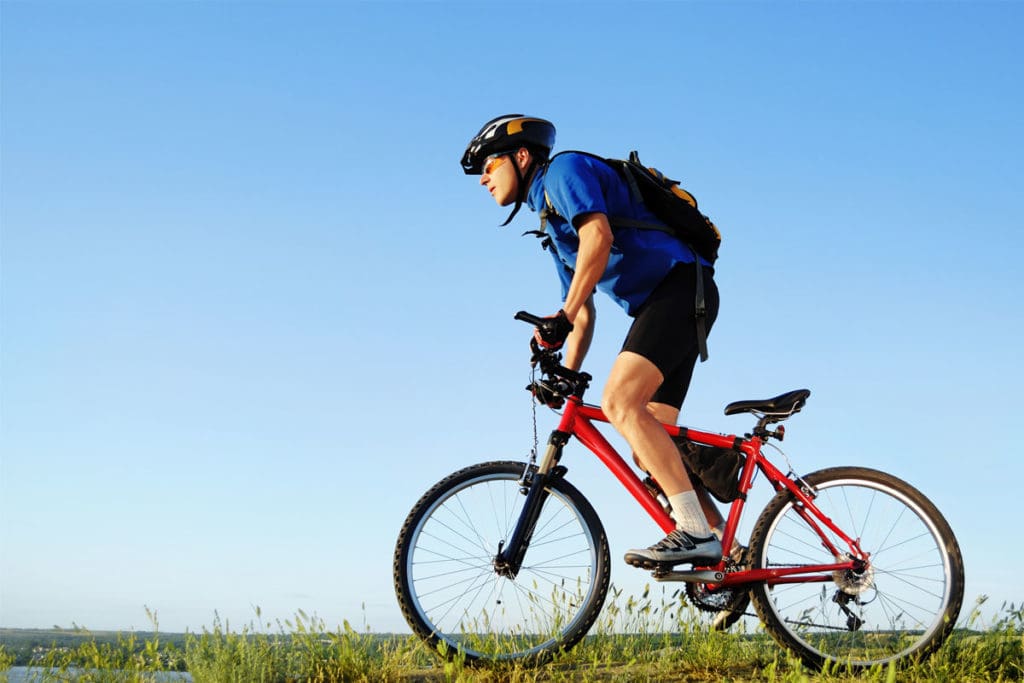Stepping up to Meet Increasing Appetite for Cycling Shoes

Mountain bike and indoor cycling shoes continue to be key drivers in rising global bike shoe sales but how long will it take before both are overtaken by commuter-specific models?
Annual international sales for mountain bike shoes are predicted to grow to US$802.1 million (A$1,139 million) by 2025, compared to US$518.3 million (A$730.2 million) in 2018 when total sales reached US$707.7 million (A$997.2 million). The growing popularity of gravel riding and outdoor recreation in general is contributing significantly to the steady rise in mountain bike shoes sales in recent years, as they become required equipment for more recreational riders – rather than the exclusive domain of the more advanced pilot.
Sales levels for MTB footwear are expected to experience a projected annual growth rate of 6.4% between 2019 and 2025.
While the call of the great outdoors is inspiring growth at one end of the bike shoe market, the COVID-sparked spike in indoor trainers is continuing to build its own variety of tailor-made shoes.
Far from the days when indoor trainers were a reluctant alternative for riders during wet weather or at night – with no thought of the need for specific indoor attire apart from a tired old singlet or T-shirt – now riding within four walls has developed a significant and, for the time being, dedicated following.
As indoor cycling endures beyond the, hopefully, worst of the pandemic, apparel manufacturers are seizing upon the opportunity for a new market. The range of indoor options continues to swell and a few manufacturers have returned to the fray. It comes during an influx of additional manufacturers and models in the bike industry in general.
Indoor cycling regulars are being sold on the benefits for less flexible soles and greater breathability in the uppers for the indoor models.
Designers are also incorporating slip-resistant soles for the stay-at-home rider and gym devotees, to prevent falls on smooth surfaces such as tiled, wood or polished cement floors.
More Work on the Commuter Market
However, the renaissance of cycle commuting, amid a worldwide focus on sustainability and emissions reduction, suggests it’s only a matter of time before it takes over as the biggest growth area in bike shoes.
It can’t be long before commuting is no longer just an alternative market for mountain biking, skate or general urban footwear.
Prepare for the sensible-yet-stylish commuter boots that are equally at home on the bike or in the office
(or at home), that minimise ride times when the pressure is on to reach the office at time, or complete the fashion ensemble when there’s time to stop at the café before starting work.
Then there’s the potential for specialised, worksafe boots for cargo bike pilots, for maximised time efficiencies in reaching last-mile destinations, before offering adequate arch and ankle support while bearing the added weight of carrying parcels to the counter. They could also benefit from some stylish, eye-catching features, fit for those café recovery sessions after a hard day’s work.
As the cycling industry seeks to identify, create and capitalise on emerging niches, the opportunities for specialist equipment are vast and growing to cater to the various burgeoning sectors in a growing cycling market.
Indeed, the industry is predicting the shoe market will only get more compartmentalised.
No piece of cycling apparel has more opportunity to capitalise on this trend more than shoes and to persuade riders they need multiple variations within their inventory.
As a vital contact point between rider and bike, the mechanical ‘necessities’ are many, and the propensity for fashionable shoe collections to overflow from walk-in robes … well, that’s well documented.
Join the Conversation
What do you think will be the next trend in cycling shoes and pedals?
